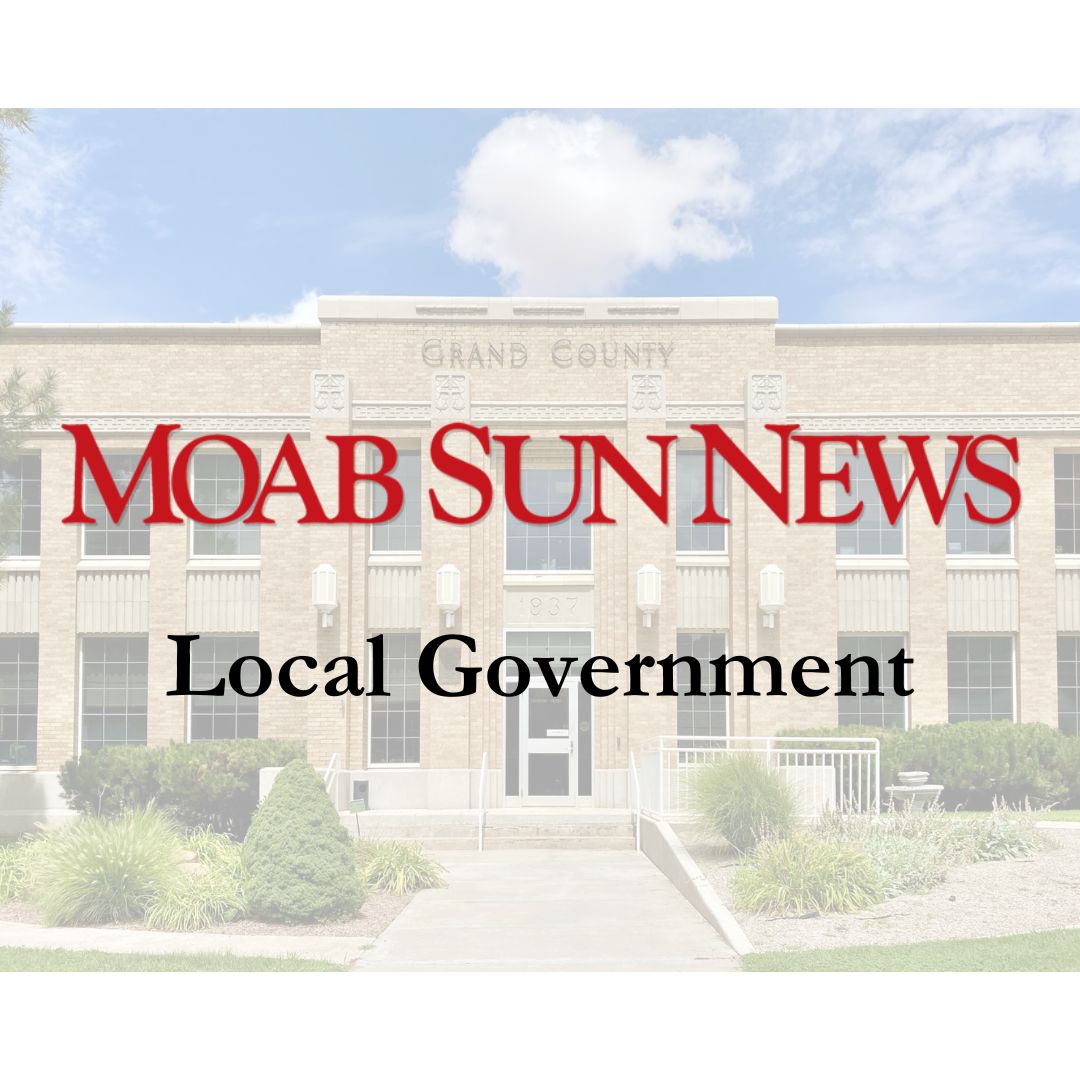The official vote canvass for Moab’s general election occurred on Nov. 16. According to City Recorder Sommar Johnson, 1,856 ballots were counted out of the 3,249 eligible voters in the City of Moab, meaning this year’s general election had a voter turnout of 57.13%.
There will be a recount for the city council seats on Dec. 7, with officials from Utah County travelling to Moab to do the recount in person. In the race for the first city council seat, Luke Wojciechowski and Josie Kovash were within one vote of each other in the third round of ranked choice eliminations. That triggers a recount, despite Jason Taylor being most likely to win that seat.
36 mail-in ballots were not accepted. 13 had invalid postmarks, meaning the postmarks were missing or postmarked past Nov. 1; 11 ballots had signatures that didn’t match the voter record; 10 ballots were returned unsigned.
The canvass showed Joette Langianese elected to Mayor, and Luke Wojciechowski and Jason Taylor elected to City Council. The results were accepted by the city council 4-0; council member Karen Guzman-Newton was not present at the meeting. Elected officials will join current council members Rani Derasary, Kalen Jones and Tawny Knuteson-Boyd in the new year.
“It’s going to be a big job, and I’m really looking forward to getting down to business and working with the city to get things moving forward in a really positive direction,” Langianese said. She said she enjoyed spending time talking with the community during her campaign, and she’ll keep the conversations she had in mind.
This was the first year Moab participated in ranked choice voting, along with 21 other Utah cities and towns. The city, and public officials, have been attempting to teach people about how to vote with a ranked choice ballot since this summer.
Ranked choice voting is supposed to eliminate the need for a primary campaign and for run-off elections—it’s also meant to eliminate the possibility that candidates get elected with less than 50% of the votes. But ranked choice voting works the best when voters rank all the candidates. It’s hard to tell how many ballots were filled out incorrectly, Johnson said at the canvass. But the city does have information on how many ballots were filled out with only one or two candidates—according to Johnson, in the mayoral race, 221 people voted for only one mayoral candidate; in the council race, 593 people voted for only two city council candidates.
“I think the results this year very likely would have been the same if we were doing the election the old fashioned way,” said Kevin Walker, chair of the Grand County Democratic Party and member of the Grand County Commission. “But I do think this election uncovered some problems with ranked choice voting that people weren’t talking about during the initial decision.”
To Walker, the biggest issue was not having a primary. There’s a downside in having to divide the public’s attention between six candidates instead of two, he said.
Plus, even with the city’s helpful animations on how the rounds of eliminations worked, it can still be difficult to understand just what happens with ranked choice voting.
“Election transparency is really important,” Walker said. “People need to have confidence that elections are being run transparently, and that’s hard when people can’t even understand how the votes are being counted.”
Jason Taylor, who was elected to one of the city council seats, said from a candidate’s perspective, he likes the idea of not having a primary campaign. However, he said there was some confusion during the voting process, despite attempts to explain how ranked choice voting works.
“I would be interested in hearing what the residents think before we decide if we are going to use the same method again in the next election,” he said.
Langianese said she was initially nervous about ranked choice voting. Even when results came out, she said she had to talk it through multiple times before she really understood what happened with the results. Moving forward, she said, first, she’d like to hear from other people about their thoughts on the process, and second, she’d like to see the votes counted in Grand County.
Wojciechowski also agreed that while the results and method could be confusing, he said in principle he favors ranked choice voting.
“A lot of people I spoke with stated that they were fine with the way things ran for the mayoral race … however, many people felt that the ranked choice voting process for the two city council seats seemed unnecessarily complicated,” he said. “This is a sentiment that I largely share.”
What did you think of ranked choice voting in this election? Did you like it? Hate it? Email Alison Harford at alison.moabsunnews@gmail.com with your comments.



